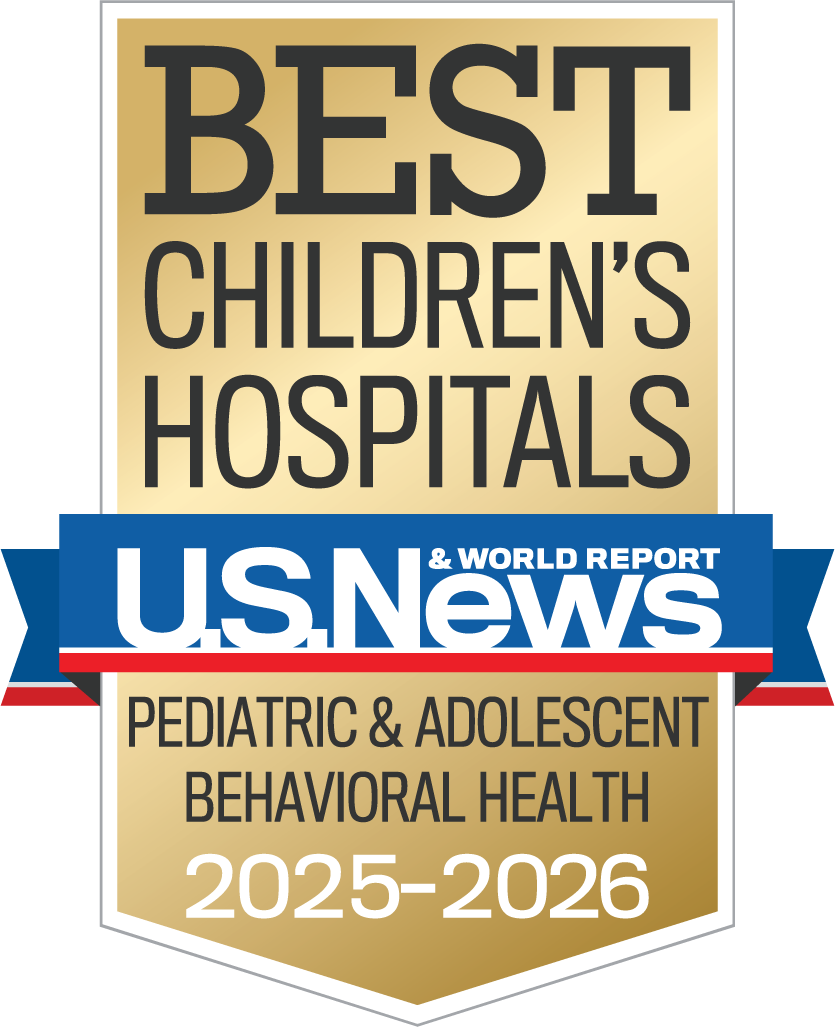A CHOC expert answers frequently asked questions about Asperger’s and autism spectrum disorder (ASD)
Asperger syndrome, also referred to as Asperger’s, is a neurodevelopmental condition that falls within autism spectrum disorder (ASD).
Asperger’s is characterized by significant difficulties in social interaction and nonverbal communication, alongside restricted and repetitive patterns of behavior, interests and activities. Individuals with Asperger’s often have average to above-average intelligence and language development, distinguishing it from other forms of autism where language delays may be present.
Although physicians will no longer diagnose individuals with Asperger’s, some people still use the term.
In this Q&A, Dr. J. Thomas Megerian, clinical director of The Thompson Autism and Neurodevelopmental Center at CHOC, answers frequently asked questions and addresses common misconceptions about Asperger syndrome.
Why is Asperger’s no longer a formal diagnosis?
Asperger’s is no longer a diagnostic entity as of 2013, when the Diagnostic and Statistical Manual of Mental Health Disorders Fifth Edition (DSM-5), the standard classification of mental health disorders used by U.S. mental health professionals, revised criteria for autism, says Dr. Megerian.
Previously, in the DSM-4, Asperger’s was one of the diagnostic categories under the classification of disorders known as Pervasive Developmental Disorders. In addition, autism was under this classification, as well as pervasive developmental disorders not otherwise specified like Rett syndrome and childhood disintegrated disorder.
Since the publication of DSM-5, Asperger’s is no longer a term that is used. Instead, all of these disorders are under autistic spectrum disorders (ASD) with the exception of Rett syndrome and childhood disintegrated disorders, which sit on their own.
Autism is now diagnosed by level of severity and there are three severity classifications used:
- Level one – mild.
- Level two – moderate.
- Level three – severe.
What is the diagnosis process for high-functioning autism?
Diagnosing usually follows the same pattern regardless of whether it is high-functioning or normal functioning autism. We look to see if the patient meets the diagnostic classification of demonstrating impairment in social communication and interaction, as well as repetitive and restrictive behaviors, says Dr. Megerian. These can be mild (in other words, level one of severity), which is generally considered high-functioning.
Many of the people who would have previously been diagnosed with Asperger’s would now fit into the level-one category. It should be noted that some people continue to carry the diagnosis of Asperger’s because that was the original diagnosis. While it is not officially recognized as a diagnosis any longer for purposes of making a new diagnosis, we still respect the previous terminology.
What are the specific symptoms that were associated with Asperger’s?
A child or teen who was previously diagnosed with Asperger’s would have shown at least two of the following social interaction impairments:
- Marked impairments in the use of multiple nonverbal behaviors such as eye-to-eye gaze, facial expression, body postures and gestures to regulate social interaction. Your child might find it hard to use things like eye contact, facial expressions, body language, or hand gestures to connect with others during conversations or play.
- A failure to develop peer relationships appropriate to developmental level. Your child might struggle to make friends their age or have friendships that seem younger than expected for their age.
- A lack of spontaneous seeking to share enjoyment, interests or achievements with other people such as showing or bringing an object of interest to other people. Your child might not naturally want to show you or others when they’re happy or excited about something. They might not bring you toys to share their joy or achievements.
- Or a lack of social or emotional reciprocity. Your child might not engage in typical social interactions like taking turns in conversations or responding to others’ emotions. It might seem like they’re not “playing along” with the give-and-take of social interaction
They would also show at least one sign of restricted repetitive and stereotyped patterns of behaviors, interests or activities. This could include:
- An encompassing preoccupation with one or more stereotyped and restricted patterns of interest that is abnormal either in intensity or focus. Your child might get super focused on certain things, like trains or dinosaurs, way more than other kids do. It could be so intense that it seems unusual.
- An apparently inflexible adherence to specific, nonfunctional routines or rituals. Your child might stick to doing things in a certain way and get upset if they have to change their routine. Like always needing to eat dinner at exactly the same time or following the same bedtime routine every night.
- Stereotyped and repetitive motor mannerisms or complex whole-body movements. Sometimes, your child might do repetitive movements, like flapping their hands, rocking back and forth, or doing certain movements over and over again.
- Persistent preoccupation with parts of objects. Your child could be really interested in just one part of a toy or object, like always spinning the wheels of a toy car instead of playing with the whole car.
It’s important to note that these criteria are very similar to what is currently used to diagnose ASD, with the exception that a child or teen with Asperger’s only needed to have two of the social interaction impairment markers and one of the restricted repetitive and stereotyped behavior markers, says Dr. Megerian.
Under the new DSM-5 criteria, a person with ASD would have all symptoms in the former category (noting DSM-5 has condensed these to three criteria instead of four) and would have two markers of the latter category.
How can caregivers known when a child should be tested for ASD?
Any child not meeting developmental milestones, especially in the social domains, should be evaluated for ASD. Also, while symptoms will vary for each child, parents should consider asking their pediatrician for an ASD evaluation if their child is showing examples of these three types of symptoms:
First, there are social symptoms such as a child may have problems making eye contact with others or they may have problems making friends or interacting well with other children.
They may also show any number of communication symptoms: They may not communicate well with others; they might start speaking at a later age than other children or don’t speak at all; when the child is able to speak, they might not use speech in social settings; or they might repeat words or phrases (this is called echolalia) or repeats parts of dialog from TV or movies.
Finally, they may exhibit behavioral symptoms. These can include performing repeated movements, such as rocking or flapping fingers or hands; being too sensitive or less sensitive to certain things around them, such as lights, sounds, touch or taste; they might have rituals; or they may be heavily reliant on routines.
Get more expert health advice delivered to your inbox monthly by subscribing to the KidsHealth newsletter here.

Learn more about the Thompson Autism and Neurodevelopmental Center at CHOC
CHOC Hospital was named one of the nation’s best children’s hospitals by U.S. News & World Report in its 2024-25 Best Children’s Hospitals rankings and ranked in the behavioral health specialty.





